Blackberry 2012 Annual Report Download - page 74
Download and view the complete annual report
Please find page 74 of the 2012 Blackberry annual report below. You can navigate through the pages in the report by either clicking on the pages listed below, or by using the keyword search tool below to find specific information within the annual report.-
 1
1 -
 2
2 -
 3
3 -
 4
4 -
 5
5 -
 6
6 -
 7
7 -
 8
8 -
 9
9 -
 10
10 -
 11
11 -
 12
12 -
 13
13 -
 14
14 -
 15
15 -
 16
16 -
 17
17 -
 18
18 -
 19
19 -
 20
20 -
 21
21 -
 22
22 -
 23
23 -
 24
24 -
 25
25 -
 26
26 -
 27
27 -
 28
28 -
 29
29 -
 30
30 -
 31
31 -
 32
32 -
 33
33 -
 34
34 -
 35
35 -
 36
36 -
 37
37 -
 38
38 -
 39
39 -
 40
40 -
 41
41 -
 42
42 -
 43
43 -
 44
44 -
 45
45 -
 46
46 -
 47
47 -
 48
48 -
 49
49 -
 50
50 -
 51
51 -
 52
52 -
 53
53 -
 54
54 -
 55
55 -
 56
56 -
 57
57 -
 58
58 -
 59
59 -
 60
60 -
 61
61 -
 62
62 -
 63
63 -
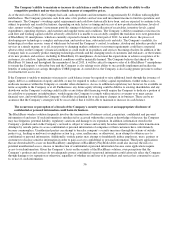 64
64 -
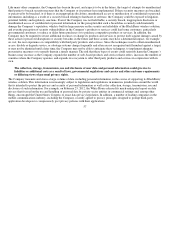 65
65 -
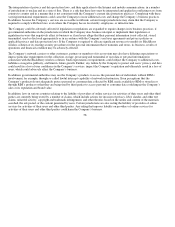 66
66 -
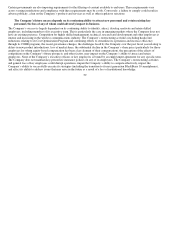 67
67 -
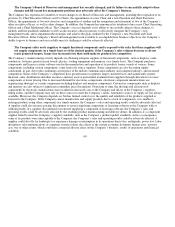 68
68 -
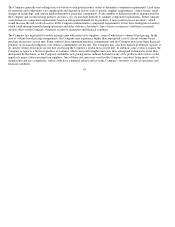 69
69 -
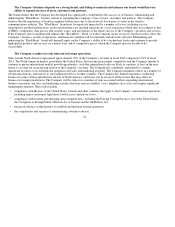 70
70 -
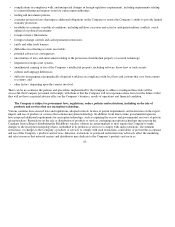 71
71 -
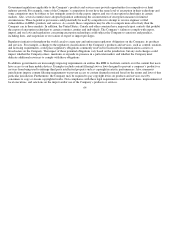 72
72 -
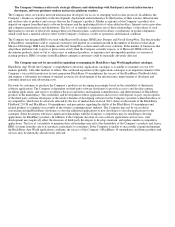 73
73 -
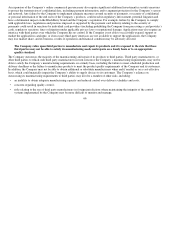 74
74 -
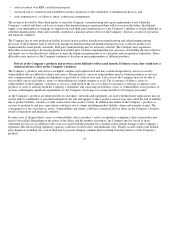 75
75 -
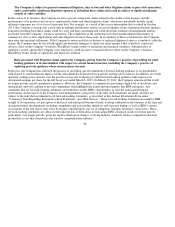 76
76 -
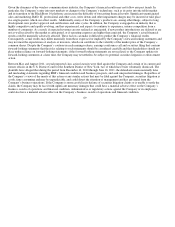 77
77 -
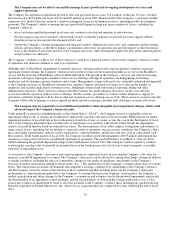 78
78 -
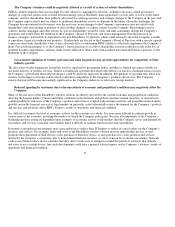 79
79 -
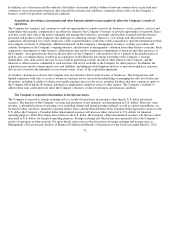 80
80 -
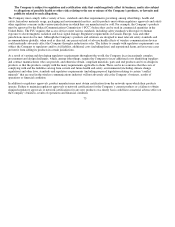 81
81 -
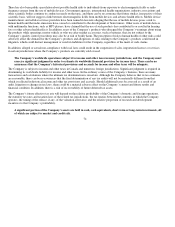 82
82 -
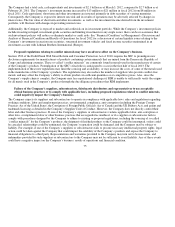 83
83 -
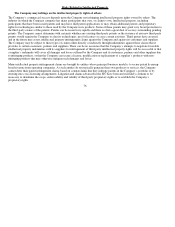 84
84 -
 85
85 -
 86
86 -
 87
87 -
 88
88 -
 89
89 -
 90
90 -
 91
91 -
 92
92 -
 93
93 -
 94
94 -
 95
95 -
 96
96 -
 97
97 -
 98
98 -
 99
99 -
 100
100 -
 101
101 -
 102
102 -
 103
103 -
 104
104 -
 105
105 -
 106
106 -
 107
107 -
 108
108 -
 109
109 -
 110
110 -
 111
111 -
 112
112 -
 113
113 -
 114
114 -
 115
115 -
 116
116 -
 117
117 -
 118
118 -
 119
119 -
 120
120 -
 121
121 -
 122
122 -
 123
123 -
 124
124 -
 125
125 -
 126
126 -
 127
127 -
 128
128 -
 129
129 -
 130
130 -
 131
131 -
 132
132 -
 133
133 -
 134
134 -
 135
135 -
 136
136 -
 137
137 -
 138
138 -
 139
139 -
 140
140 -
 141
141 -
 142
142 -
 143
143 -
 144
144 -
 145
145 -
 146
146 -
 147
147 -
 148
148 -
 149
149 -
 150
150 -
 151
151 -
 152
152 -
 153
153 -
 154
154 -
 155
155 -
 156
156 -
 157
157 -
 158
158 -
 159
159 -
 160
160 -
 161
161 -
 162
162 -
 163
163 -
 164
164 -
 165
165 -
 166
166 -
 167
167 -
 168
168 -
 169
169 -
 170
170 -
 171
171 -
 172
172 -
 173
173 -
 174
174 -
 175
175 -
 176
176 -
 177
177 -
 178
178 -
 179
179 -
 180
180 -
 181
181 -
 182
182 -
 183
183 -
 184
184 -
 185
185 -
 186
186 -
 187
187 -
 188
188 -
 189
189 -
 190
190 -
 191
191 -
 192
192 -
 193
193 -
 194
194 -
 195
195 -
 196
196 -
 197
197 -
 198
198 -
 199
199 -
 200
200 -
 201
201 -
 202
202 -
 203
203 -
 204
204 -
 205
205 -
 206
206 -
 207
207 -
 208
208 -
 209
209 -
 210
210 -
 211
211 -
 212
212 -
 213
213 -
 214
214 -
 215
215 -
 216
216 -
 217
217 -
 218
218 -
 219
219 -
 220
220 -
 221
221 -
 222
222 -
 223
223 -
 224
224 -
 225
225 -
 226
226 -
 227
227 -
 228
228 -
 229
229 -
 230
230 -
 231
231 -
 232
232 -
 233
233 -
 234
234 -
 235
235 -
 236
236 -
 237
237 -
 238
238 -
 239
239 -
 240
240 -
 241
241 -
 242
242 -
 243
243 -
 244
244 -
 245
245 -
 246
246 -
 247
247 -
 248
248 -
 249
249 -
 250
250 -
 251
251 -
 252
252 -
 253
253 -
 254
254 -
 255
255 -
 256
256 -
 257
257 -
 258
258 -
 259
259 -
 260
260 -
 261
261 -
 262
262 -
 263
263 -
 264
264 -
 265
265 -
 266
266 -
 267
267 -
 268
268 -
 269
269 -
 270
270 -
 271
271 -
 272
272 -
 273
273 -
 274
274
 |
 |

An expansion of the Company’s online commercial presence may also require significant additional investment in security measures
to protect the transmission of confidential data, including payment information, and to augment protection for the Company’s servers
and network. Any failure by the Company to implement adequate measures around security of payments, or security of confidential
or personal information of the end users of the Company’s products, could result in regulatory enforcement, potential litigation and
have a detrimental impact on the BlackBerry brand and the Company’s reputation. For example, failure by the Company to comply
with applicable laws, regulations and practices imposed or supported by the payment card industry relating to the security of
payments could result in sanctions by individual card providers (including prohibiting the Company from processing a card provider’s
card), regulatory sanctions, fines or litigation under applicable privacy laws or reputational damage. Applications may also require an
interface with third parties over which the Company has no control. If the Company is not able to successfully expand, support or
market the applications catalogue, or if necessary third-party interfaces are not available to support the applications, the Company
may lose market share, and its business, results of operations and financial condition may be adversely affected.
The Company relies upon third parties to manufacture and repair its products and it is exposed to the risk that these
third parties may not be able to satisfy its manufacturing needs and repairs on a timely basis or to an appropriate
quality standard.
The Company outsources the majority of the manufacturing and repair of its products to third parties. Third party manufacturers, or
other third parties to which such third party manufacturers in turn outsource the Company’s manufacturing requirements, may not be
able to satisfy the Company’s manufacturing requirements on a timely basis, including the failure to meet scheduled production and
delivery deadlines or the failure to manufacture products to meet the product quality requirements of the Company and its customers.
In addition, the Company may not be able to obtain additional or substitute manufacturers when and if needed or on a cost-effective
basis, which could materially impair the Company’s ability to supply devices to its customers. The Company’s reliance on
outsourcing its manufacturing requirements to third parties may involve a number of other risks, including:
66
•
an inabilit
y
to obtain ade
q
uate manufacturin
g
ca
p
acit
y
and reduced control over deliver
y
schedules and costs;
•
concerns re
g
ardin
g
q
ualit
y
control;
•
risks relating to the use of third party manufacturers in foreign jurisdictions where maintaining the integrity of the control
s
y
stems im
p
lemented b
y
the Com
p
an
y
ma
y
be more difficult to monitor and mana
g
e;
